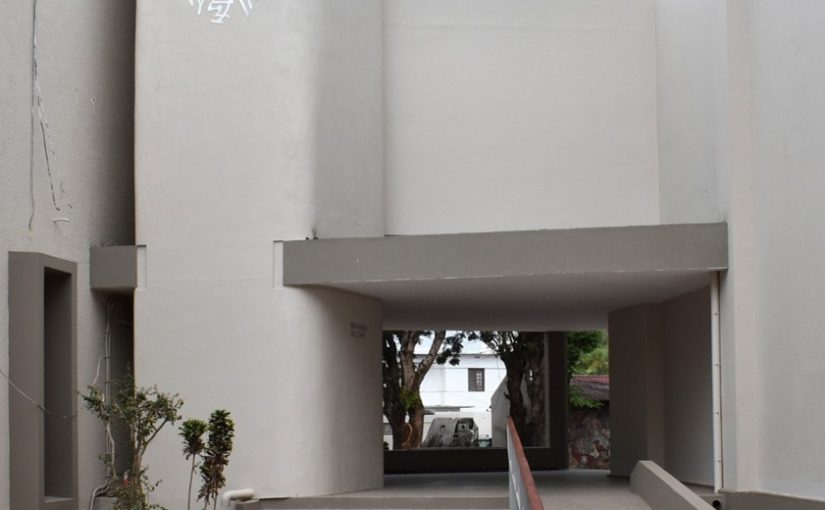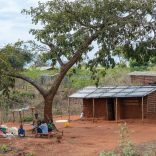Petrobras aims to make Africa its main exploratory region outside Brazil, CEO says
Mozambique: Official reopening of the Natural History Museum of Maputo, 29 September 2025

Photo: Museu De História Natural de Maputo
On 29 September 2025, the official reopening ceremony of the Natural History Museum of Maputo will take place, following more than two years of extensive rehabilitation works.
The project financed by the Italian Ministry of Foreign Affairs and International Cooperation (MAECI) through the Italian Agency for Development Cooperation (AICS), represented an investment of €4,250,000 specifically allocated to the rehabilitation of the Museum, within the framework of the RINO programme through its COREBIOM component, which promotes initiatives to enhance, rehabilitate, preserve, and conserve marine and terrestrial biodiversity.
The project, which also includes the establishment of a Biodiversity Conservation Centre, was coordinated by the Museum Centre of Sapienza University of Rome in partnership with the Anton Dohrn Zoological Station and the NGO WeWorld.
The event will be attended by high-level personalities, including the President of the Republic of Mozambique, Daniel Chapo, the Ambassador of Italy to Mozambique, Gabriele Annis, the Director of AICS, Marco Riccardo Rusconi, the Rector of Eduardo Mondlane University, Manuel Guilherme Júnior, the Director of the Museum, Lucília Chuquela, among other distinguished guests.
Founded in 1911 and housed since 1933 in a historic Manueline-style building, the Natural History Museum is one of Mozambique’s most iconic monuments. Closed to the public in October 2023 to allow the rehabilitation works, the Museum has undergone profound transformations at the architectural, museological, and museographic levels, carried out by a multidisciplinary team of Italian and Mozambican experts from Sapienza University of Rome.
Among the architectural works completed are: the installation of solar panels and a lift, a new lighting system, roof restoration, a modern air-conditioning system, the construction of internal restrooms, the creation of a hall for temporary exhibitions, a bookstore and a cafeteria offering Museum-branded merchandising, as well as access ramps for persons with disabilities. The entire building has benefited from a complete and sustainable modernization.
At the museological and museographic level, exhibitions have been restored and updated with a modern approach showcasing animals in their natural habitats, new halls dedicated to seagrass meadows and large marine species have been created, and visitor information has been improved with particular attention to persons with sensory disabilities, ensuring a more accessible, inclusive, and engaging experience. In addition, an educational space has been established for young visitors to discover the wonders of nature, with or without the guidance of Museum staff.
The Museum has also undergone a rebranding and visual update, including the creation of a new logo that modernises its institutional image while maintaining its historical identity.
The Museum’s collections stand out for their extraordinary scientific and cultural value. Among the most notable are over 200 mammals, 10,137 birds, 176,527 insects, 1,250 invertebrates, and 150 taxidermied reptiles; the world’s only collection of elephant foetuses, documenting month by month the gestational development up to the twenty-second month; and a specimen of coelacanth – considered a true “living fossil” – captured in August 1991 in the Mozambique Channel, marking a milestone for science in Mozambique.
The renewed Museum will also feature new thematic areas, including an ethnographic hall with around 500 objects linked to the cultural practices of various Mozambican peoples – art, sculpture, music, jewellery, ceramics, and basketry – complemented by a historical photographic archive.
The reopening of the Natural History Museum of Maputo marks a historic milestone in the preservation of Mozambique’s cultural and scientific heritage and symbolises not only the promotion of research, education, and culture, but also the strengthening of cooperation between Mozambique and Italy, reaffirming the Museum’s role as a leading centre of knowledge, scientific dissemination, and cultural attraction.












Leave a Reply
Be the First to Comment!
You must be logged in to post a comment.
You must be logged in to post a comment.